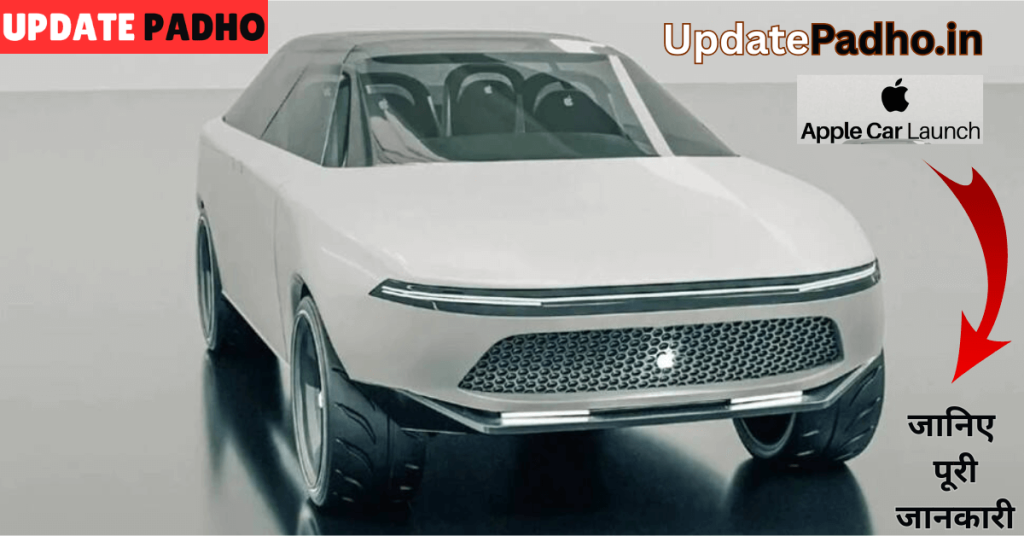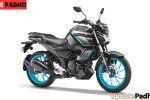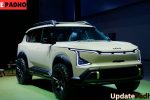The world of autonomous driving is accelerating, and two major players are joining forces to push the boundaries of what’s possible: Apple and OSAT (Outsourced Semiconductor Assembly and Test) companies. As the race toward fully autonomous vehicles heats up, these tech giants are making a significant move into the autopilot sector—an area that has the potential to revolutionize the way we drive, commute, and think about transportation.
Apple’s Entry Into Autopilot Technology
Apple has been known for its disruptive innovations in technology, from the iPhone to the Apple Watch, and its focus on user experience. Now, it seems the tech giant is set to take on the next frontier: self-driving cars. While Apple has kept its plans under wraps for years, the company has made major investments in its self-driving division, often referred to as Project Titan.
With a focus on software, artificial intelligence (AI), and machine learning, Apple is looking to integrate its ecosystem into the driving experience. The integration of Siri, Apple Maps, and iCloud into a fully autonomous vehicle would likely offer a seamless experience for users already embedded in Apple’s ecosystem. Imagine a car that knows your schedule, preferences, and even music playlists, all while safely navigating the streets on its own.
What Is OSAT’s Role?
When we think of OSAT companies, we usually associate them with the back-end of the semiconductor industry—specialized firms that handle the assembly and testing of chips. However, their role in the development of autopilot technology is crucial. These companies provide the essential hardware components that power autonomous driving systems, including sensors, processors, and communication chips.

For self-driving cars to operate safely and reliably, they need highly advanced chips for real-time processing, object detection, and decision-making. OSAT companies play a critical role in ensuring that these chips are not only cutting-edge but also reliably manufactured and tested to meet the demanding standards required for autonomous driving.
Synergy Between Apple and OSAT
Apple and OSAT companies are a natural fit. Apple brings its innovative hardware and software expertise, while OSAT companies provide the necessary infrastructure to develop, assemble, and test the chips that make autonomous driving a reality.
Apple’s rumored partnership with OSAT companies might result in custom-designed semiconductors specifically tailored for its self-driving cars. By creating proprietary chips, Apple could gain a significant edge over competitors, such as Tesla and Waymo, who rely on third-party suppliers for their hardware.
Moreover, OSAT companies have deep expertise in mass production and quality assurance—critical elements when it comes to the deployment of autonomous vehicles. Any failure in hardware, especially in safety-critical systems, could have catastrophic consequences. Apple and OSAT’s collaboration could ensure that their cars’ hardware is both advanced and reliable, able to perform in the most demanding conditions.
The Road Ahead: Challenges and Opportunities
While the prospects for Apple and OSAT’s collaboration are exciting, the road ahead is not without its challenges. Developing fully autonomous vehicles that can navigate safely in all environments, while managing complex traffic scenarios, requires immense technical expertise and rigorous testing. Additionally, legal and regulatory hurdles surrounding self-driving cars remain a significant barrier, with government agencies around the world working to figure out how to regulate and ensure the safety of autonomous vehicles.
However, The opportunities are vast. Autonomous driving promises to reduce traffic accidents, improve fuel efficiency, and offer a more convenient and comfortable transportation experience. With Apple’s expertise in user-centered design and OSAT’s leadership in semiconductor manufacturing, the two companies could very well be poised to reshape the future of mobility.
Conclusion: Shaping the Future of Transportation
As Apple and OSAT companies team up to create cutting-edge autopilot technology, the potential for disruption in the automotive industry is massive. Apple’s software and ecosystem combined with OSAT’s hardware expertise could lead to the next generation of self-driving cars—cars that are safer, more efficient, and more intuitive than ever before. While challenges remain, The partnership between Apple and OSAT is a sign that the autonomous future is closer than we think. And with these two giants working together, the future of transportation may just be driven by the power of innovation.



